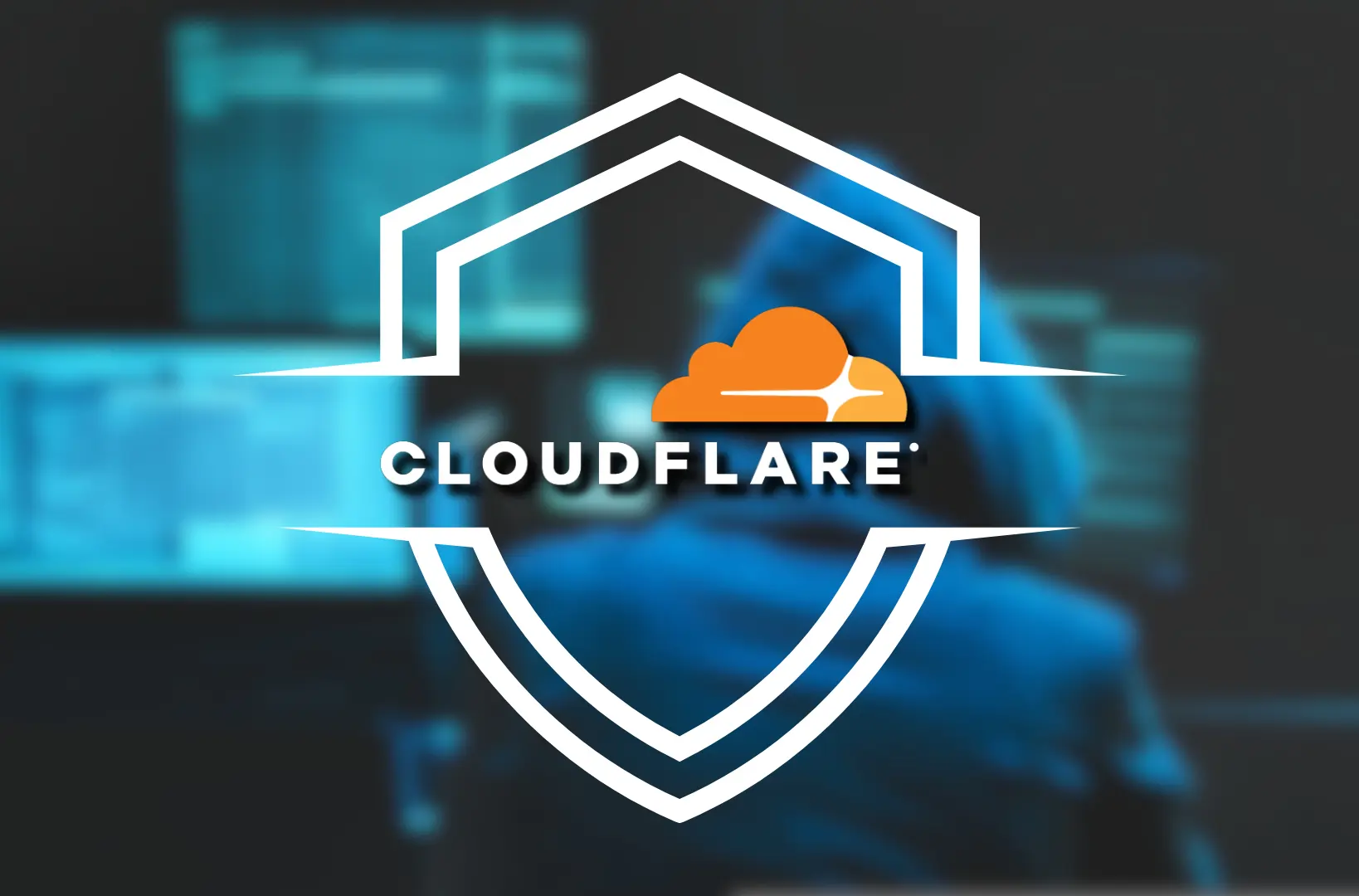In an era when digital operations underpin the global economy, the security of online services is paramount. Recently, Cloudflare faced one of the most formidable cyber challenges ever recorded—a Distributed Denial of Service (DDoS) attack peaking at 5.6 terabits per second (Tbps). This record-breaking onslaught tested the limits of conventional cybersecurity measures and underscored the necessity for advanced, resilient defenses. In this blog post, we will explore the anatomy of this unprecedented attack, discuss the innovative strategies Cloudflare employed to neutralize the threat, and examine the broader implications for cybersecurity in today’s interconnected world.
Understanding DDoS Attacks
A DDoS attack is designed to overwhelm a target system by flooding it with an immense volume of traffic. The objective is simple yet devastating: by saturating a website or network with malicious requests, legitimate traffic is blocked, effectively rendering online services inaccessible. Cybercriminals often deploy vast networks of compromised computers—known as botnets—to carry out these attacks. The recent 5.6 Tbps incident represents not only a quantitative escalation but also an evolution in the methods and technologies employed by attackers.
This form of attack is dangerous for several reasons. First, the sheer volume of data can exhaust the resources of even the most robust servers. Second, the diversity of the attack vectors complicates the task of distinguishing legitimate user traffic from malicious packets. Finally, DDoS attacks are sometimes used as diversions; while defenders focus on the flood of requests, attackers may exploit vulnerabilities elsewhere in the system. As cybercriminals continue to refine their techniques, defensive strategies must evolve in parallel to safeguard critical infrastructure.
The Record-Breaking 5.6 Tbps Assault
The 5.6 Tbps DDoS attack not only shattered previous records but also redefined what is considered a “massive” assault on digital infrastructures. At this scale, the attack involved billions of data packets directed at Cloudflare’s network in an effort to destabilize services across multiple regions. The unprecedented magnitude of the traffic raised significant challenges in traffic management, threat detection, and rapid mitigation.
This attack was not a simple, single-vector assault; it combined multiple methodologies to create a highly adaptive and relentless barrage. By employing a mix of protocol-level floods, application-layer requests, and other hybrid techniques, the perpetrators ensured that no single defense mechanism could counteract all threats simultaneously. The sheer diversity of the attack meant that traditional firewalls and rate-limiting measures would have been overwhelmed without advanced, real-time filtering and adaptive response strategies.
Moreover, the attack underscored the evolving landscape of cyber threats. It demonstrated that adversaries are now capable of mobilizing unprecedented computational resources, orchestrated across a global scale. For organizations relying on digital platforms, this incident served as a stark reminder that the risk of extreme-scale DDoS attacks is real—and that defenses must be both proactive and dynamic to keep pace with these threats.
Cloudflare’s Multi-Layered Defense Strategy
Facing an onslaught of 5.6 Tbps, Cloudflare’s defense system had to work on multiple levels simultaneously. The company’s strategy was built around a robust global network, intelligent filtering systems, and real-time traffic analysis. This multi-layered approach was key to diffusing the threat before it could impact customers.
Global Anycast Network
At the heart of Cloudflare’s mitigation strategy is its extensive Anycast network. Anycast routing enables traffic to be distributed across multiple data centers worldwide. This means that instead of a single target bearing the brunt of the attack, the malicious traffic is absorbed and dispersed across a global network of servers. As a result, even an attack of record-breaking proportions can be localized and managed, preventing any single point of failure.
Real-Time Traffic Analysis and Adaptive Filtering
Cloudflare leverages sophisticated algorithms and machine learning models to analyze traffic patterns in real time. These systems continuously monitor network activity, identifying anomalies that deviate from normal user behavior. When an unusual surge in traffic is detected, the system can automatically engage defensive protocols to filter out malicious packets. This process involves both signature-based detection—where known attack patterns are recognized instantly—and behavioral analysis, which identifies new or evolving threats based on deviations from established norms.
Adaptive filtering is particularly crucial during high-volume attacks. By employing rate-limiting measures and dynamically adjusting filtering thresholds, Cloudflare ensures that legitimate traffic continues to flow even as the system repels the flood of malicious requests. This rapid, automated response minimizes downtime and preserves the user experience, even under extreme conditions.
Collaborative Defense and Threat Intelligence Sharing
Another pillar of Cloudflare’s strategy is collaboration. In the realm of cybersecurity, threat intelligence sharing among industry players is a critical component of a robust defense mechanism. Cloudflare actively participates in global cybersecurity communities, exchanging information about emerging threats and attack vectors. This collective approach not only improves the immediate response to attacks but also enhances the overall resilience of the internet infrastructure by ensuring that all stakeholders are better prepared for future incidents.
Automated Mitigation and Redundancy
Automation plays a vital role in Cloudflare’s defense architecture. When confronted with a massive influx of malicious traffic, manual intervention would be too slow to be effective. Automated systems can instantly reroute traffic, block suspicious IP addresses, and implement rate limits across the network. The combination of automated defenses and built-in redundancy means that even if one part of the system is overwhelmed, other segments can continue to operate, ensuring uninterrupted service.
Future Implications and Lessons Learned
The successful mitigation of the 5.6 Tbps DDoS attack is a milestone in the field of cybersecurity. It not only demonstrates the effectiveness of modern, scalable defense mechanisms but also sets a new benchmark for the scale of potential threats. Organizations worldwide must take note of this incident, as it emphasizes the need for continuous investment in advanced security infrastructure and innovative technologies.
Constant Evolution in Cyber Defense
One of the key takeaways from this incident is that cybersecurity is a constantly evolving battlefield. Attackers are continually refining their methods, and defenders must be equally agile in adapting to these new challenges. Technologies such as machine learning, artificial intelligence, and automated response systems are no longer optional—they are essential components of any modern cybersecurity strategy.
The Importance of Global Collaboration
In today’s interconnected world, no organization can afford to operate in isolation when it comes to cybersecurity. The threat landscape is global, and so must be the response. Cloudflare’s success in mitigating this attack was bolstered by its extensive network and the collaborative sharing of threat intelligence. Moving forward, greater collaboration between private companies, government entities, and international cybersecurity organizations will be crucial in building a resilient digital infrastructure.
Preparing for the Next Generation of Attacks
While the 5.6 Tbps attack is a significant achievement in defensive strategy, it also serves as a harbinger of more sophisticated and larger-scale attacks in the future. As computing power increases and cybercriminals continue to innovate, organizations must prepare for an era where even more extreme threats become possible. This preparation involves not only technological upgrades but also strategic planning, regular security audits, and continuous training for cybersecurity personnel.
Conclusion
The record-breaking 5.6 Tbps DDoS attack and Cloudflare’s successful mitigation of the threat highlight the dynamic and rapidly evolving nature of cybersecurity today. By leveraging an expansive global network, real-time traffic analysis, adaptive filtering, and automated response systems, Cloudflare has set a new standard for how massive cyberattacks can be managed effectively.
This milestone serves as a call to action for all organizations that rely on digital infrastructures. The lessons learned from this incident reinforce the need for constant vigilance, continuous investment in advanced technologies, and robust collaboration across the cybersecurity community. As threats grow in scale and sophistication, the proactive steps taken today will determine the resilience of tomorrow’s digital ecosystem.
Ultimately, the 5.6 Tbps DDoS attack is not just a record in the annals of cyber warfare—it is a reminder that the battle for cybersecurity is ongoing. With innovation, collaboration, and a commitment to continuous improvement, we can build a safer, more resilient internet for everyone.
By embracing these strategies and lessons, businesses and cybersecurity professionals alike can be better prepared to face the challenges of an increasingly hostile digital landscape. Stay informed, stay secure, and be ready for whatever the future holds.

Jahanzaib is a Content Contributor at Technado, specializing in cybersecurity. With expertise in identifying vulnerabilities and developing robust solutions, he delivers valuable insights into securing the digital landscape.








